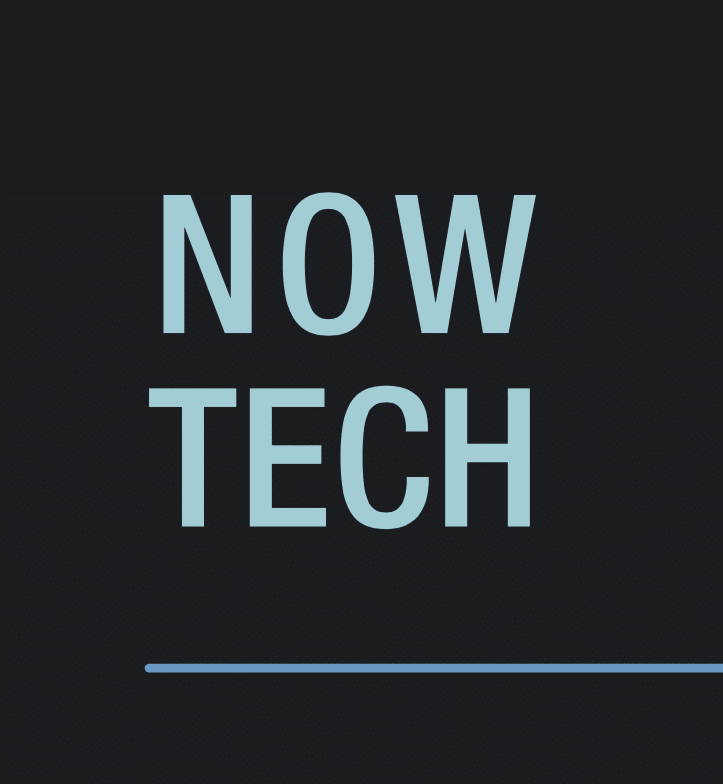I am proud to announce that BOND has led Ironclad’s $100 million Series D round. Lux Capital, known for investing in frontier technologies like space and AI, also participated, along with our lead investors in prior rounds, Accel, Sequoia, and Y Combinator Continuity.
With this financing, we aim to solve the most important unsolved problem of modern business: the problem of business contracting.
The problem of business contracting
The problem of business contracts in 2021 reminds me of a totally different problem from the last century: shipping, before containerization.
If you visited your average turn-of-the-century port, you’d see a swarm of dock workers loading and unloading different-sized crates, kegs, and sacks to route cargo to their final destination. It was a mess. Ships spent more time parked at docks, being loaded and unloaded, than out at sea. There was no way to track cargo, either, so packages frequently got lost in transit.

Business contracting in 2021 is just as inefficient and messy.
No two companies do it the same way, but generally speaking contracts are shepherded, manually, through a confusing maze of stakeholders and counterparties, and there’s no good way to track valuable data on either the contract’s journey or the contract itself.
Necessity is the mother of all invention, and things that have been done the same way for millennia, like shipping and contracts, don’t change without a catalyst. For shipping, the catalyst was World War II. Countries could no longer afford for munitions to get delayed or lost. They devised a simple, elegant solution: standardize the size of all shipping containers, so no time needed to be spent loading and unloading cargo. This large-scale standardization, called containerization, transformed shipping from a chaotic mess into an organized, efficient, and lossless system, one that could track cargo to its final destination without needing to be manually handled.
This new standard is the reason why today, you can get anything you want delivered to your door in two days flat.

Resilience in today’s business world requires a new contracting standard: digital contracting
The catalyst for changing business contracting is the digital revolution of the last decade, which created the most complex and interconnected world in human history. Modern businesses need to be resilient, meaning increasingly responsive to the rapidly evolving geopolitical, technological, civic, and public health challenges of the day.
They simply cannot be resilient if their contracting system—the operating system underlying every business decision—is a messy dock. They need a new standard, fit for business contracting.
We call that standard “digital contracting:” it means a standardized system for business-to-business contracting that connects people to systems to data. Digital contracting will transform contracts from monolithic, static documents into data pipelines that carry the mission-critical information teams and businesses need to be resilient in the modern, digital age.
Digital contracting will transform contracts from monolithic, static documents into data pipelines that carry the mission-critical information teams and businesses need to be resilient in the modern, digital age.
The businesses who adopt the new contracting standard will flourish.
These are early innovators like L’Oréal, who won a competitive edge in influencer marketing by powering ⅓ of global YouTube beauty traffic with digital contracts. The Texas Rangers is another example; they used digital contracting to amend hundreds of agreements to reflect post-COVID conditions. These innovators will lead the way in the digital era because their contracting system will allow them to stay resilient, agile, and data-driven: the three keys to success for the modern business.
Where we’re going next
We’ve always done things differently than others in contract lifecycle management, because our goal isn’t just to build incrementally better workflows or better management, but to build the digital contracting standard that will usher in the businesses of tomorrow.

When others focused on designing solutions for specific sales or procurement use cases, we built a platform flexible enough to handle every type of business contract. When others optimized for the C-Suite, we focused on ease-of-use and self-service functionality for end users, because we believe real transformation happens bottoms-up, not just top-down.
Our early bet to build the first no-code, self-service workflow designer is what enabled customers to make operational changes to absorb the shock of COVID. And our bet to build the only contracts editor on the market that legal teams can trust to be 100% compatible with DOCX is what enabled hundreds of customers to adjust to remote work overnight.
We’ve always done things differently than others in contract lifecycle management, because our goal isn’t just to build incrementally better workflows or better management, but to build the digital contracting standard that will usher in the businesses of tomorrow.
All of this is just the tip of the iceberg.
Building the business contracting standard is too ambitious a goal to go at alone. We are part of a broader movement—one that is already well underfoot, led by folks like Ken Carter, GC of Bitmovin, an early supporter whose ideas on creating a universal NDA influenced how we think about the digital contracting standard; as well as global leaders like L’Oréal’s Tom Sarakatsannis, who was one of first to see how digital contracting could revolutionize not just legal, but the rest of L’Oréal’s business. To succeed in the next leg of our journey, we’ll need help from visionary customers like Ken and Tom. We’ll also be investing in:
- Partnerships with industry leaders like Google Cloud AI, to deliver the world’s most cutting-edge technologies and comprehensive CLM solution to business teams;
- Product innovation, by shipping functionality others lack the domain expertise to tackle, such as a dynamic clause playbook that lets negotiators home in on key strategic issues;
- And finally, we’ll hire world-class talent, without whom all this talk of digital contracting would be a pipe dream.
Ultimately, digital contracting isn’t just about the contracting port. It’s about building resilient teams and businesses who can weather turbulence and deliver tangible value to the world. Containerization, after all, didn’t just standardize shipping containers. It ushered in modern life.
If you believe in this mission, we invite you to join us at our annual State of Digital Contracting, where we’ll be sharing our plans for the year alongside our customers and the most interesting thought leaders of the day.
We’ve got so much left to build. We can’t wait to show you what’s next.
Ironclad is not a law firm, and this post does not constitute or contain legal advice. To evaluate the accuracy, sufficiency, or reliability of the ideas and guidance reflected here, or the applicability of these materials to your business, you should consult with a licensed attorney. Use of and access to any of the resources contained within Ironclad’s site do not create an attorney-client relationship between the user and Ironclad.



